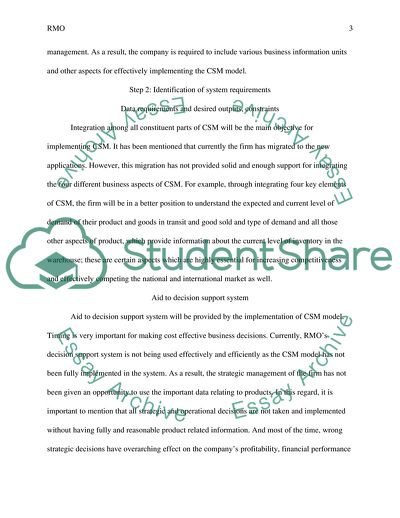Cite this document
(Rocky Mountain Outfitters Project Development Assignment Example | Topics and Well Written Essays - 2500 words, n.d.)
Rocky Mountain Outfitters Project Development Assignment Example | Topics and Well Written Essays - 2500 words. https://studentshare.org/information-technology/1857337-rmo
Rocky Mountain Outfitters Project Development Assignment Example | Topics and Well Written Essays - 2500 words. https://studentshare.org/information-technology/1857337-rmo
(Rocky Mountain Outfitters Project Development Assignment Example | Topics and Well Written Essays - 2500 Words)
Rocky Mountain Outfitters Project Development Assignment Example | Topics and Well Written Essays - 2500 Words. https://studentshare.org/information-technology/1857337-rmo.
Rocky Mountain Outfitters Project Development Assignment Example | Topics and Well Written Essays - 2500 Words. https://studentshare.org/information-technology/1857337-rmo.
“Rocky Mountain Outfitters Project Development Assignment Example | Topics and Well Written Essays - 2500 Words”. https://studentshare.org/information-technology/1857337-rmo.


